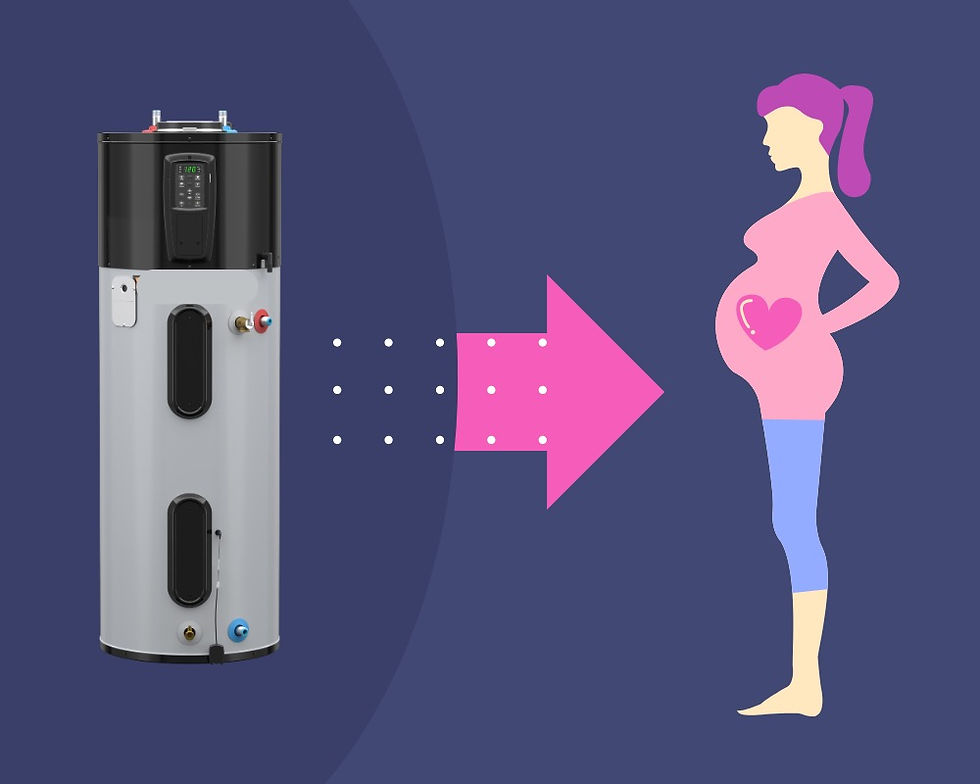Waste Reduction, Recycling—How Does Los Altos Compare?
- Donna Staton
- Mar 1, 2021
- 4 min read
Updated: Mar 1, 2021

GreenTown Los Altos is very excited to have Mr. Louie Pellegrini, head of Mission Trail Waste Systems, join us Thursday, March 4, 2021 as part of our Lunch With GreenTown speaker series. We hope you’ll join us for the discussion of all things waste! If you can’t join us live, no worries, the session will be recorded for later viewing.
Solid waste reduction and diversion from landfills is a major concern for Los Altos and surrounding communities, California's Department of Resources Recycling and Recovery (CalRecycle), the federal government, and a diverse group of environmental groups. As you likely know, our local waste and recycling is handled by Mission Trail Waste Systems (for Los Altos) and GreenWaste Recovery (for Los Altos Hills). So how do we compare?
Nationally:
40% of household waste is packaging and paper products (plastic containers, cans, glass bottles and jars, cardboard and newspaper). How much of this is recycled? Only about half, and that figure has not improved for the past 20 years! (see Product Stewardship Institute).
For plastics, recycling figures are grim. Not even 10% of plastics are recycled. Even worse, single-use plastic packaging cannot readily be recycled.
While the petroleum and fracking industry is taking advantage of cheap fossil fuel prices to make virgin plastic, local cities and towns are being taken advantage of because WE, the taxpayers are forced to pay for the collection and handling of this non-recyclable and non-compostable waste stream. This excess plastic is not only a pollution problem, but it contaminates our recycling stream, thwarting the efforts of those of us with good intentions. AND, excess plastic packaging is a health concern as well, because many of the synthetic chemicals added to plastic leach out into our water and food, and are now found consistently in blood samples from virtually all of us—even newborns!
In Los Altos:
Locally, our waste diversion was going up, though this was primarily due to new laws requiring better diversion of commercial (construction) debris from landfills. As a result, the percent of waste diverted from landfill by Mission Trail Waste System has gone up to about 70%. We’ll learn from Louie Pellegrini in our discussion how we’re doing currently given that COVID-19 is driving the increase in plastic use, online shopping, PPE use, and loss of bulk shopping for grocery items like nuts and grains.
Landfill waste generated per person per day in Los Altos was down to 2.4 pounds pp/pd—a 14% reduction, due mostly to our recycling and composting efforts. Again, it will be interesting to review these figures for 2020.
And speaking of composting—our Environmental Commission will be looking at ways to encourage home composting. Why is this so important? Because organic wastes (food scraps, yard trimmings) that decompose in a landfill (anaerobic conditions) generate methane, an extremely potent greenhouse gas (GHG), while organic waste that’s composted (aerobic conditions) generates CO2, which is a much less potent (26 times less potent!) GHG. Compost also gives us a rich product to improve soil. Moreover, our state legislation has set requirements with targets for diverting this organic waste from landfill (California Senate Bill 1383).
Some Waste Terminology:
MRF (“merf”): materials recovery facility
MSW: municipal solid waste
Plastic film: soft flexible plastic (usually polyethylene, PE) used for bags (bread, zip-top, dry cleaning, etc.). It's also the wrap around many products including paper plates, napkins, bathroom tissue, diapers, bottle beverages and more.
EPR: extended producer responsibility, a strategy to add all of the environmental costs associated with a product throughout the product life cycle to the market price of that product.
Circular Economy: a system designed to eliminate waste by requiring all products to be reused, recycled or composted. Compare to our current linear system which is a “take, make, use and dispose” model.
EDCs: endocrine disrupting chemicals; synthetic chemicals that are often added to plastic (“plasticizers”) to create certain characteristics like flexibility, hardness, brittleness, color, opacity, etc. These EDCs mimic natural hormones in the human body (particularly reproductive hormones) and can be very toxic especially to fetuses, infants and children.
Recycling Label Numbers:
Resin identification codes: (Credit: Oceana.org)

Does this label mean it can be recycled? NO!
Currently, only “1” PETE and “2” HDPE (and plastic film from special collections sites like grocery store bag collection bins) have a viable market in the US.
Legislation To Help May Be On The Way!
Stay tuned as we follow and advocate for these key bills, initiatives, and ordinances:
Federal
BFFPP Act: The Break Free From Plastic Pollution Act
To be re-introduced into Congress by Sen. Merkley (OR) and Rep. Lowenthal (CA) end of March 2021
State
State Bills: So far, about 20 plastics related bills have been introduced into this legislative session.
We will keep you posted on how you can follow and advocate for this legislation.
Los Altos City Council: An ordinance limiting single-use plastic was discussed last year, but due to stresses on local businesses and restaurants from COVID-19, decision to pursue this was pushed to 2021. GTLA will keep you posted and seek your input if/when reintroduced.
Thanks for your support and help as we aim for zero waste in our community!
Mark your calendar for Thursday, March 4, 2021 to join our discussion with Louie Pellegrini to learn more about our waste and recycling situation here in town. Register here.




Comments